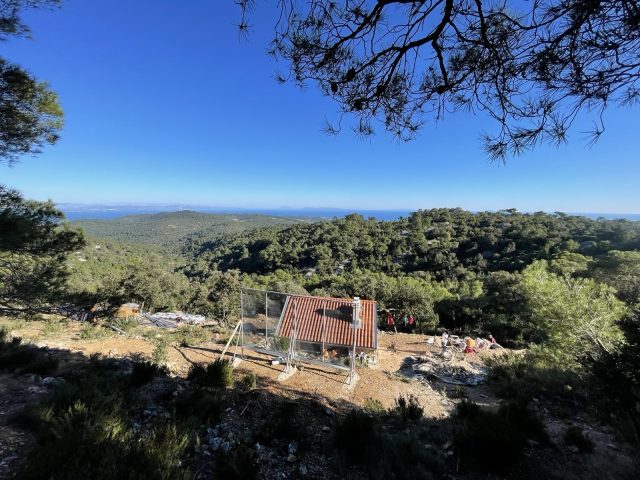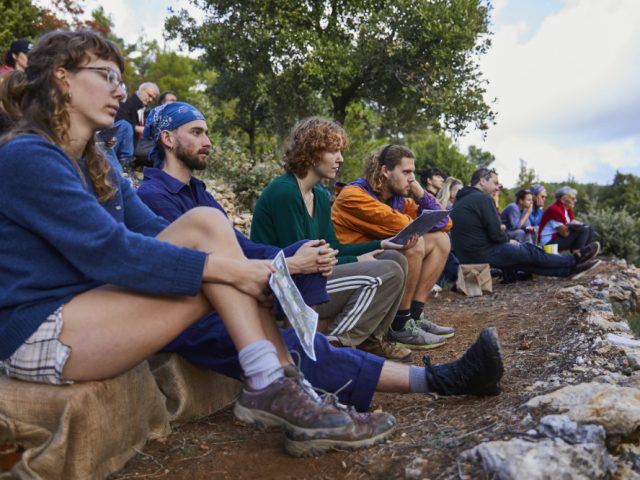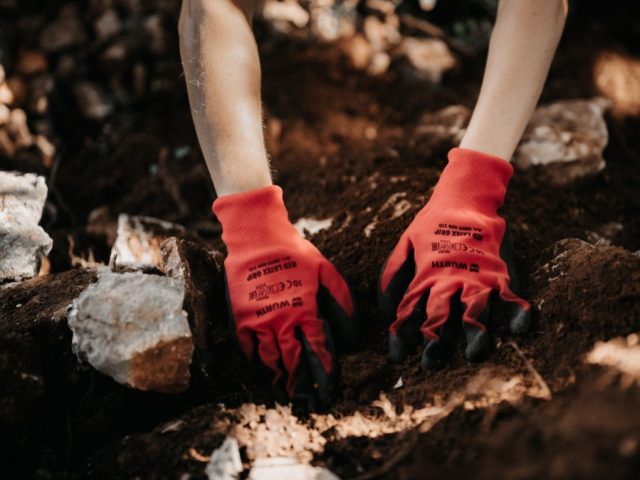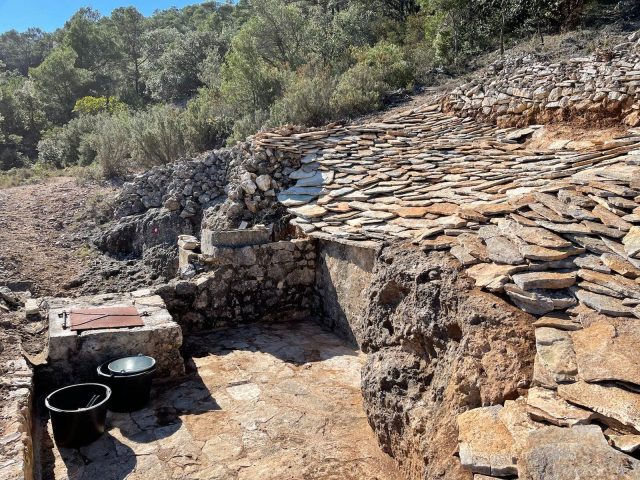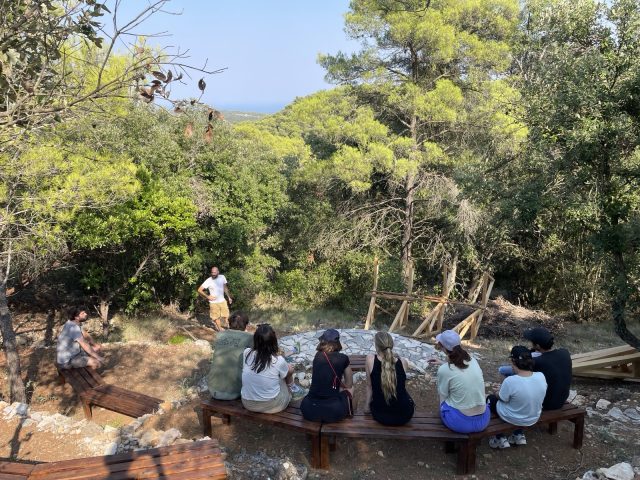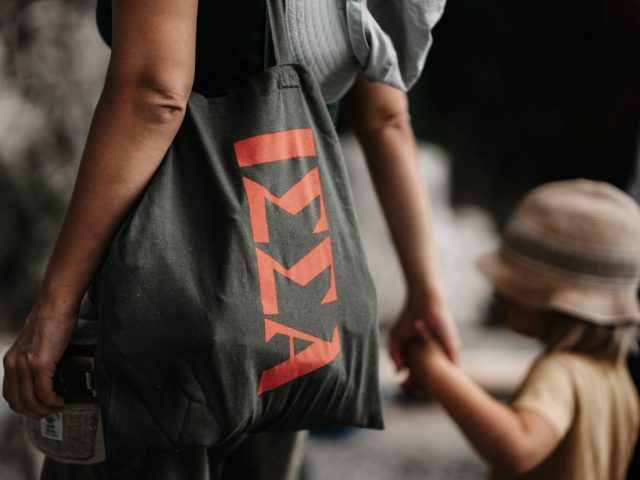A Story to Mark the 80th Anniversary of the End of the Fascist Occupation of the Island of Vis
by Joško Božanić
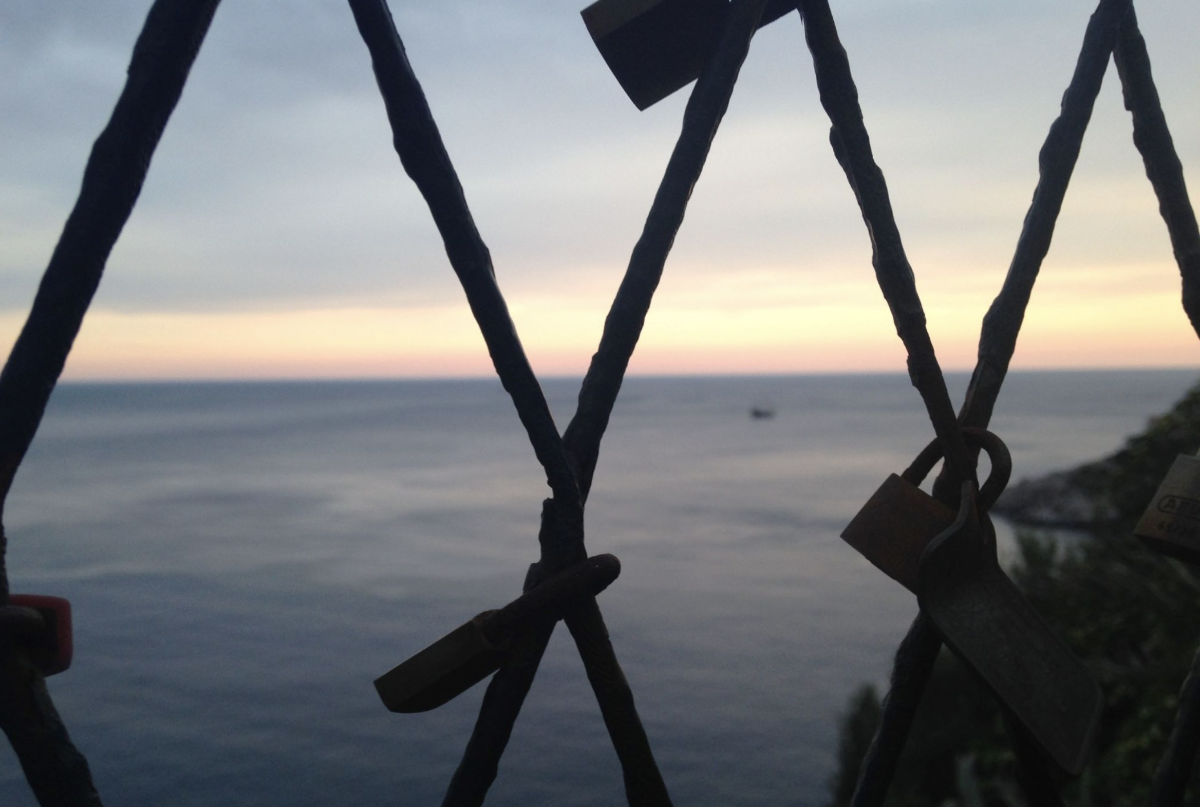
This is a war story about Aman and Milena, a couple from Komiža, often referred to as the “Romeo and Juliet” of Komiža, condemned to death simultaneously by both communists and fascists. The story revolves around this couple, hiding in a cave on a steep cliff of the southern coast of the island of Svetac, eluding both sides.
Before World War II, Pavle Kučić Aman was an active communist. As a result, he was imprisoned in Lepoglava, where he met Pavle Gregorić, who later became a high-ranking politician in Yugoslavia and a member of AVNOJ. Gregorić gave him the nickname (code name) Korchagin, after the protagonist of the famous socialist-realist novel How the Steel Was Tempered by Russian writer Nikolai Ostrovsky.
In January 1943, during the Italian fascist occupation of Vis, the Regional Committee of the Party in Split ordered Pavle Kučić Aman, then director of the fish canning factory in Komiža, to burn down the sardine factory or blow it up because it produced food for the occupiers – the Italian fascists. He refused, predicting the imminent fall of the Italian regime and the dire consequences of such an act – through secret channels, a significant portion of the factory’s production (a tenth) was already being diverted, unbeknownst to the Italian authorities, to support the local population and the illegal partisan movement on the island.
Due to his disobedience in wartime conditions, Pavle Kučić Aman was sentenced to death by the Party, however they decided to leave the execution to the fascist authorities after denouncing him as a communist. He decided to flee, joined by his girlfriend Milena from Vela Luka, then a teacher in the village of Okjucina on the northern coast of Vis. Determined to share the fate of her boyfriend condemned by both the partisan movement and the fascist Italian authorities in Komiža, Milena accompanied him. The fascist authorities organized a thorough search for the fugitives, even scouring the village of Okjucina where Milena had taught.
The Italian carabinieri discovered the fugitives in Zokamice Bay on the western coast of Vis and imprisoned them in the gendarmerie station in Komiža near the Church of Saint Roko. They spent several days on the first floor of the police station, with Lukrica Božanić from Komiža bringing them food. Milena arranged with Lukrica to bring soap the next time she delivered food. The day before their planned execution, Milena soaped Pavle’s hand, allowing him to slip out of his handcuff. During the night, Pavle jumped from the first-floor window of the police station, followed by Milena. Under the cover of darkness, they reached their friend Andro Vitaljić Gusinica in the Molo Bonda area of Komiža, who sheltered them in his home.
Preparing to escape to the island of Biševo, they took a small boat, a sandula, from one of Komiža’s shores and rowed through a stormy night of rain and strong winds, covering the five-mile distance to Biševo. By morning, they reached the Porat Bay on the western coast of Biševo. They contacted their friend Andrija Demarija Susid, who hid them and later transported them by his motorboat to Svetac.
Initially, the family Zanki sheltered them in a field barn above Slatina Bay, but for safety, they soon moved to Bila Spila, a cave on a forty-meter-high cliff above Slatina Bay. The cave was only accessible through dense bushes from above, providing them with a sense of security. The Zanki children daily brought food and drink, leaving it in a bush for Pavle and Milena to collect. They stayed there until summer, then moved to a new hideout a kilometer west in Zaruska Bay, remaining in complete secrecy until the end of September 1943.
To avoid the risk of the Italian fascists burning the pine-covered island while searching for the fugitives, the Zankis dug a hidden pit in Zaruska Bay. They used beams and planks from an old quarry barrack on the islet of Brusnik to cover the pit and camouflaged it with soil. This was their fire shelter. Despite being of Italian descent, the Zankis refused to send their children to the Italian school in Komiža during the occupation. The children spent the entire war on Svetac. As Pavle’s girlfriend Milena was a teacher, she organized a school for the children in Kuća Motetovuj, coming from her hideout only when the weather was bad, ensuring no boats could approach the island. This unique situation might be one of the rare instances in the history of pedagogy where a death-sentenced fugitive hiding out in a cave conducted lessons for children only during inclement weather.
When Italy fell in September 1943, Pavle and Milena were still exiles hiding in caves. At that time, the partisans organized a camp for German prisoners on Svetac, transferring them from Biševo. Pavle Kučić, through his friend Andrija Zanki, contacted a partisan courier visiting the partisans on Svetac who were preparing to leave for military operations on the mainland in Bosnia. He sent a message about his plight on Svetac to Pavle Gregorić among the partisans. Gregorić received the message and ordered the partisan leadership on Vis, “Do not touch Korchagin!” This marked the end of Pavle and Milena’s captivity on Svetac. They, along with other partisans, were transferred to the mainland and went to war in Bosnia.
According to their daughter, renowned journalist Heni Erceg, Pavle and Milena were already married at that time. The wedding was performed by a priest who secretly came from Komiža to Svetac to marry a communist and atheist to a devout girl from Vela Luka in a cave on the island of Svetac.
This text was published in the book J. Božanić, M. Marasović Alujević (2020). Toponymy of the Island of Former Life: Svetac and Šćedro. Faculty of Humanities and Social Sciences in Split.

